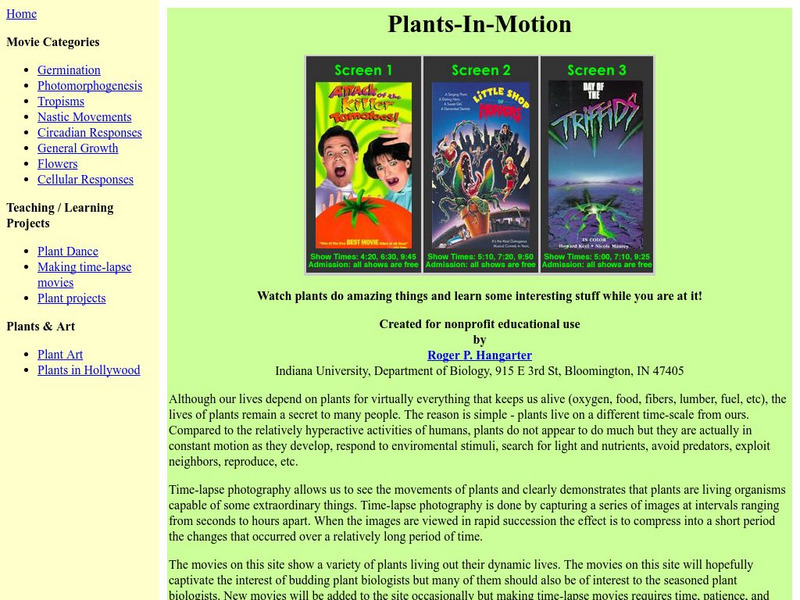Curated OER
Flower Dissection
Students dissect three different flowers and compare and contrast them. In this flowers lesson plan, students learn about the flower anatomy and then dissect their own flowers.
Curated OER
Plant Reproduction
Students investigate seeds and plant life by creating a germination chamber. In this botany lesson, students investigate the relationship between flowers and the fruit they produce while examining the structure of the flower. Students...
Curated OER
Body Language
First graders investigate the three main parts of a plant. In this plant parts lesson, 1st graders explore vocabulary for the topic and read a story about plant parts. Students view a PowerPoint and take a quiz for the topic. Students...
Curated OER
Make a Flower
In this flower cut out worksheet, students cut out the pieces of the flower and the labels. Students then assemble the flower on another sheet of paper and label each part. This worksheet contains 7 labels and 20 flower pieces.
Indiana University
Indiana University: Plants in Motion
Plants grow and change on a time scale that is too slow for us to observe in real time. Time-lapse photography is a simple technique that allows us to see the movements of plants and clearly demonstrates that plants are living and...
Soft Schools
Soft Schools: Plants Worksheets, Quizzes and Games
Think you know everything there is about plants and flowers? Test your knowledge with these interactive quizzes and games.
Enchanted Learning
Enchanted Learning: Plants
Enchanted Learning provides information an illustrated plant dictionary as well as printouts, flower anatomy, and plant-related crafts.
Alabama Learning Exchange
Alex: Flower Anatomy
Flower Anatomy helps a student to visualize the floral parts. Students can disect the flower after they have viewed and identified all parts. A student can take the dissected parts and create a word wall using colored paper or posterboard.









